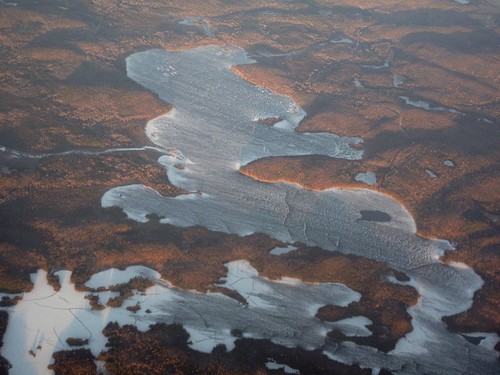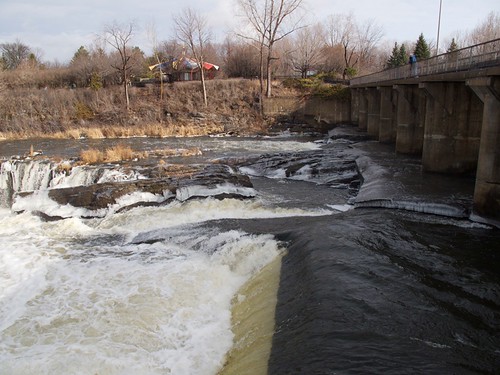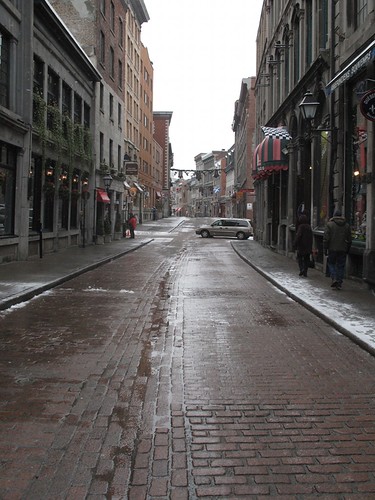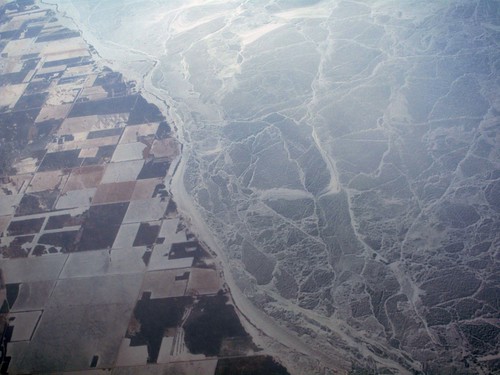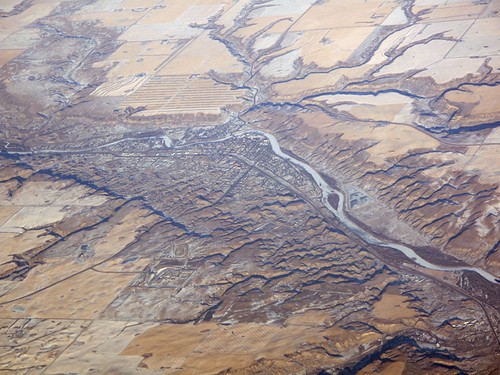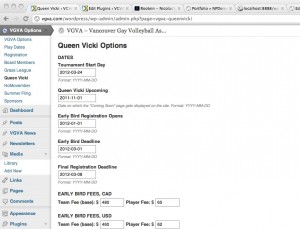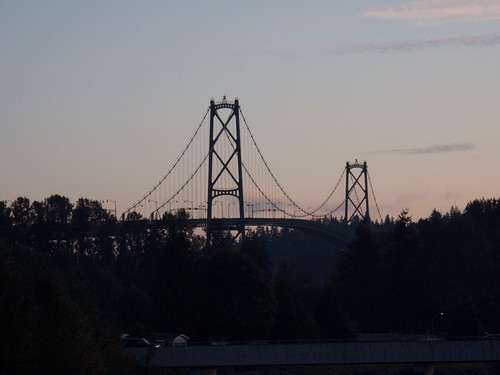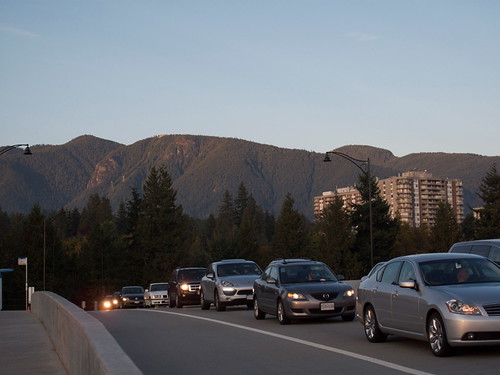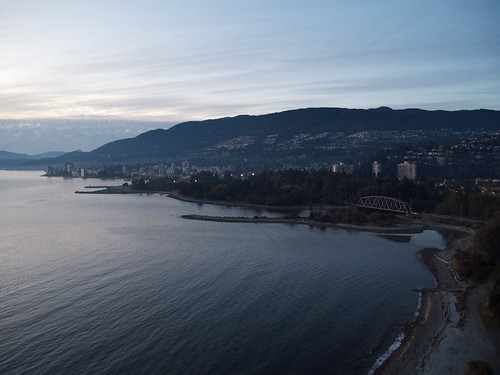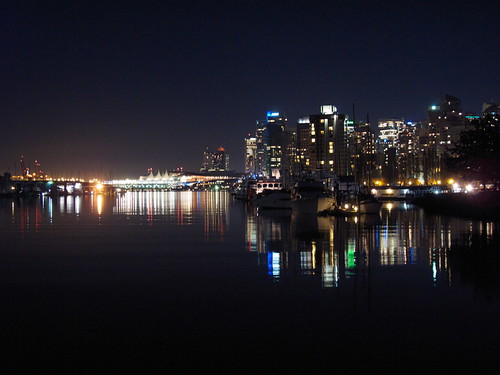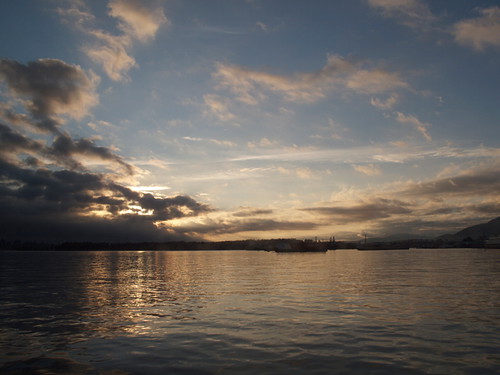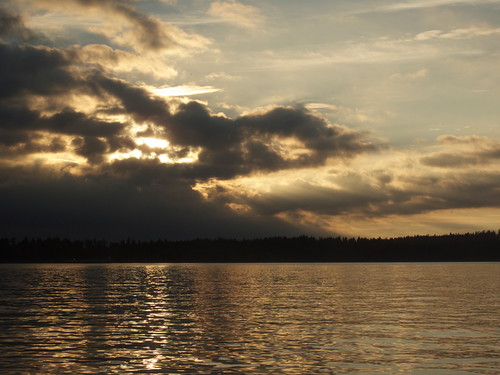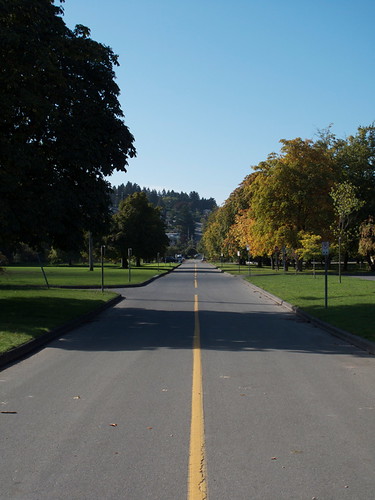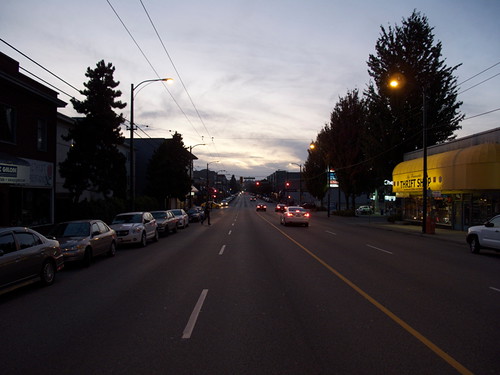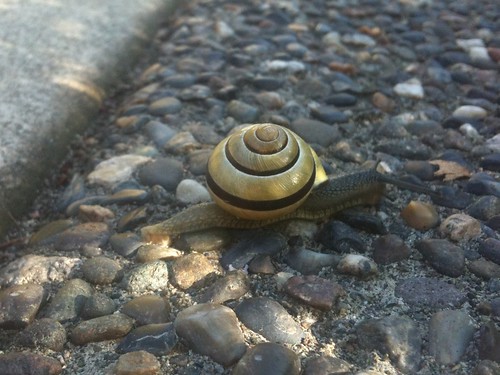As is my wont, I flew back to Ottawa to visit withe the family over the holidays. As is becoming my wont I took photos of the landscape from the plane, both coming and going. On the way over, the weather was completely overcast from Calgary to around Sudbury, but what I got was top-notch; Little towns like Temagami, Lumsden’s Mill, Fort-Coulonge, and Ste-Cécile-de-Masham, towns that I’d never heard of but suddenly became amazingly interesting places I might like to visit someday; islands and lakes like Lac La Pêche and Rapides-des-Joachims; and completely random places like some farm out near Russel, ON.
Shooting all these remote locations was great fun. I felt like a pioneer, exploring the Ottawa River… except going backward.
A couple days after landing, I took a walk up Rideau Canal from Hog’s Back Falls. I hadn’t planned on keeping up the “exploring waterways” theme, it sort of happened. Plus, I know the Rideau Canal like the back of my hand, though it was a long time since I’d gone as far as Hog’s Back. They’re small, but really really nice-looking falls.
Then, a day trip to Montreal with my parents, specifically tooling around Vieux-Montréal. That was great; I don’t think I ever visited that particular bit before; plus I got to see the inside of Notre-Dame-de-Montréal, which was phenomenal. Well worth the $5 tourists had to pay (yes, even to look around and take pictures. They must really be hard up for money).
The flight back was just as interesting. The cloud cover came and went over the prairies (sadly, Ontario was completely out), and I managed to get some good shots of Lake Manitoba (frozen), various rivers, and any number of tiny-ass towns in the middle of nowhere. Plus the Drumheller Badlands, famous for their dinosaurs.
I enjoyed the by-now familiar chore of going over Google Maps and an online atlas of Canada to identify these places; post-processing to remove atmospheric haze, that was less fun. It took me several tries per photos until I got something I was satisfied with. But even then, sometimes I had my doubts. For instance, are the Badlands that yellow? (Google Images says that yeah, they pretty much are). Or some photos were too red, or too yellow… It didn’t help that the Ottawa River pictures took place around sundown, which made everything yellower. Well, I did my best, no use worrying too much about it now.

